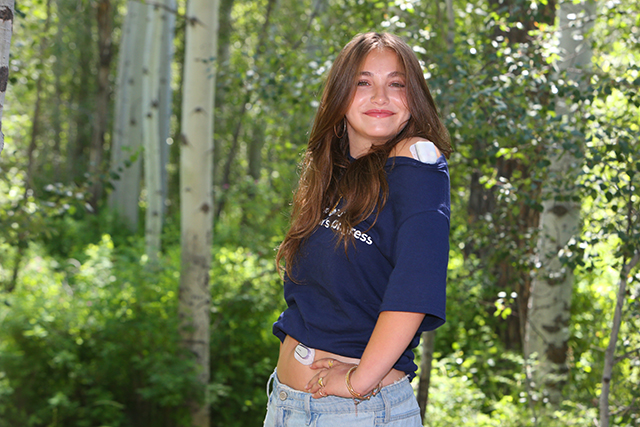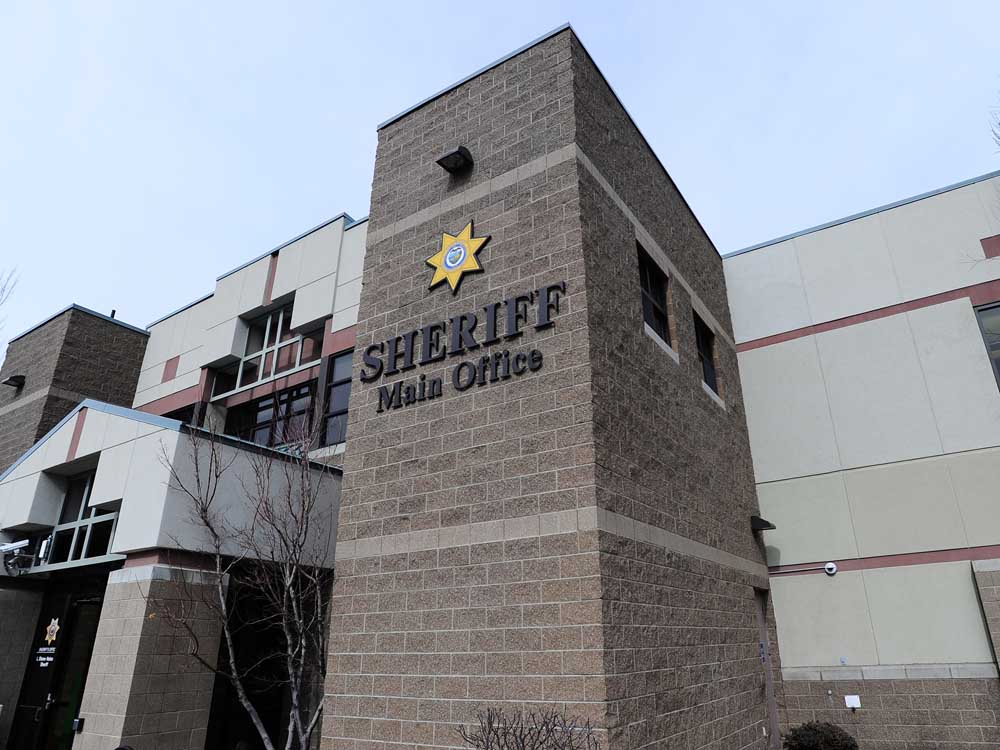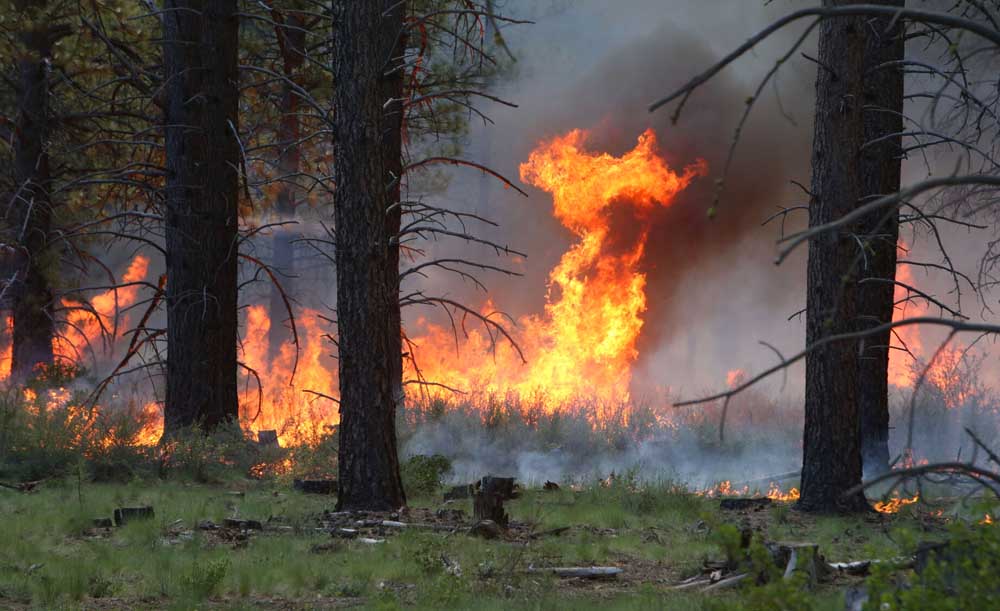Deer hunting: Signals from sage grouse
Published 12:00 am Monday, November 5, 2018

- For a moment the bucks stopped on top of a butte and looked back. When a deer stepped behind the big one there was no longer a safe shot opportunity. (Photo courtesy Samuel Pyke)
East of the Cascades, when we want to hunt mule deer, we have to apply for the privilege. Sometimes it takes years to draw a tag. For nine years my 21-year-old daughter Mikayla had delayed mule deer gratification and hoarded preference points. Together we drew mule deer tags for the 2018 season.
Then, while planning the trip with Diamond A Guides, Mikayla informed me she would have only two days to hunt before she had to go back to work. Two days to hunt after nine years of planning? OK then.
Trending
Now, on opening morning, here at the bottom of Swamp Creek in the Silvies Unit south of Burns, Mikayla, our guide Justin Aamodt and I would try to find a buck or two.
“We’re looking for a specific deer,” Aamodt told Mikayla. “He is a big buck and he is still in velvet. We have been seeing him in the same places every year for at least three years.”
With only two days to hunt, we would put Mikayla first, but I learned a long time ago not to chase a specific deer for too long.
There was another deer we were looking for. The second one was an old 4×3, not quite 28 inches wide, an older buck.
For the next day and a half we crept to the tops of hills and peered into canyons. We saw forked horns and big three-points and smaller bucks pushing each other around.
We glassed the 4×3 on the second morning where it had bedded with four other bucks. We saw the buck through binoculars and made a stalk out of the morning sun.
Trending
What we didn’t know was the five bucks we had spotted had another deer watching the back door. When we low-crawled over the top, the young buck exited stage right and the other deer were on alert. The older buck gave us the slip.
Four bucks paused, silhouetted on the skyline, and the deer Mikayla would have taken had another buck behind it. Rather than risk shooting two bucks with one shot, Mikayla held off. We watched their dust trails across a hogback. Where the big one went was anyone’s guess.
Out of the bitterbrush
In the afternoon we left the truck in a cleft in the ridge and went up on foot. We ghosted from one overlook to the next and then Justin spotted a buck with does and fawns. This was not the buck we had been hunting, but it was the buck the sagebrush was ready to give up. And there were only a few hours left in her hunt.
Huddled on the hilltop, Justin and I called the shot for Mikayla. The buck was in bitterbrush and other deer moved in front of and behind it. Sometimes it was broadside and other times straight on or straight away.
“Breathe,” Justin whispered. “We have all the time in the world.”
The bullet went high and a plume of dirt kicked up behind the buck. Deer bounded in every direction, but our buck went about 90 yards and stopped broadside. This time Mikayla’s crosshairs were properly low for the 146-yard shot. Mikayla and Justin walked down to find it while I watched from above.
The 21-year-old cleaned her prize to prepare the meat she will enjoy for the next year. Then she and her mother dragged the buck down to a spot where we could load it on a vehicle before Mikayla would drive back to town and go to work Monday.
Signals
Justin and I hunted again in the morning and this time did not see a single deer in the canyons.
We were back in the lower reaches of Swamp Creek by mid-morning when we spotted sage grouse.
Sage grouse, biologists like to tell us, are a bellwether bird. In an article by Courtney Flatt for Oregon Public Broadcasting, Flatt wrote: “Sage grouse are considered an indicator species; their health is indicative of the ecosystem’s bigger picture and the health of more than 350 other types of wildlife that live there.” True that.
I snapped pictures of sage grouse while the feathered forecasters legged it across the trail. Aamodt was smart enough to look around.
“A buck!”
I dropped the camera and grabbed my rifle.
Headed uphill through tall sage, the buck flickered in and out of view, now quartering away, and it was all I was going to see of him.
The three-position safety was all the way forward and three pounds of pressure broke the trigger.
We walked up the hill and Aamodt found it where one side of that rack jutted up through the sagebrush.
We guessed this buck’s age at 6 years, its weight at 250 pounds. Its antlers stretched the tape to 27 inches at the greatest spread. There were three points on one side and four on the other. One of the oldest deer we had seen in three days of hunting, it was not the buck we had been hunting, but it was the buck the sage grouse indicated to us. Who am I to argue with sage grouse?
— Gary Lewis is the host of “Frontier Unlimited TV” and author of “Fishing Central Oregon,” “Fishing Mount Hood Country,” “Hunting Oregon” and other titles. Contact Gary at www.GaryLewisOutdoors.com








